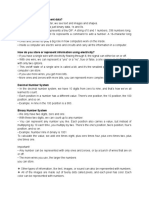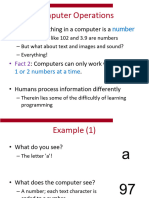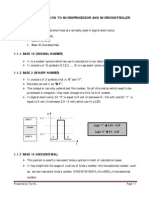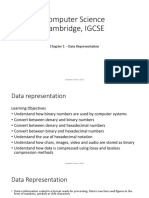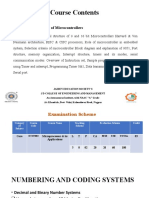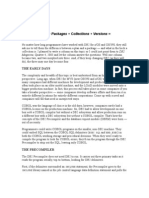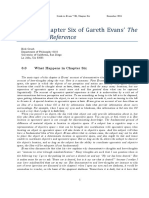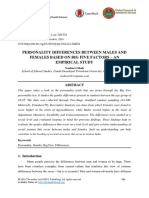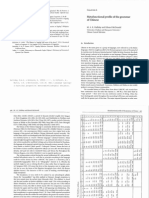0% found this document useful (0 votes)
77 views3 pagesLESSSON PLAN Measurement of Computer Memory
This lesson plan discusses measuring computer memory in bytes and binary systems. It aims to teach students about bytes as the smallest unit of memory, and how bytes are used to measure memory size. The lesson explains that 8 bits make a byte, and computers use multiples of 8 bits like 16-bit and 32-bit systems. It also provides an example of a digital display and microprocessor that uses binary registers to control which number segments are on or off.
Uploaded by
Getrude ChivigeCopyright
© © All Rights Reserved
We take content rights seriously. If you suspect this is your content, claim it here.
Available Formats
Download as DOCX, PDF, TXT or read online on Scribd
0% found this document useful (0 votes)
77 views3 pagesLESSSON PLAN Measurement of Computer Memory
This lesson plan discusses measuring computer memory in bytes and binary systems. It aims to teach students about bytes as the smallest unit of memory, and how bytes are used to measure memory size. The lesson explains that 8 bits make a byte, and computers use multiples of 8 bits like 16-bit and 32-bit systems. It also provides an example of a digital display and microprocessor that uses binary registers to control which number segments are on or off.
Uploaded by
Getrude ChivigeCopyright
© © All Rights Reserved
We take content rights seriously. If you suspect this is your content, claim it here.
Available Formats
Download as DOCX, PDF, TXT or read online on Scribd
/ 3

